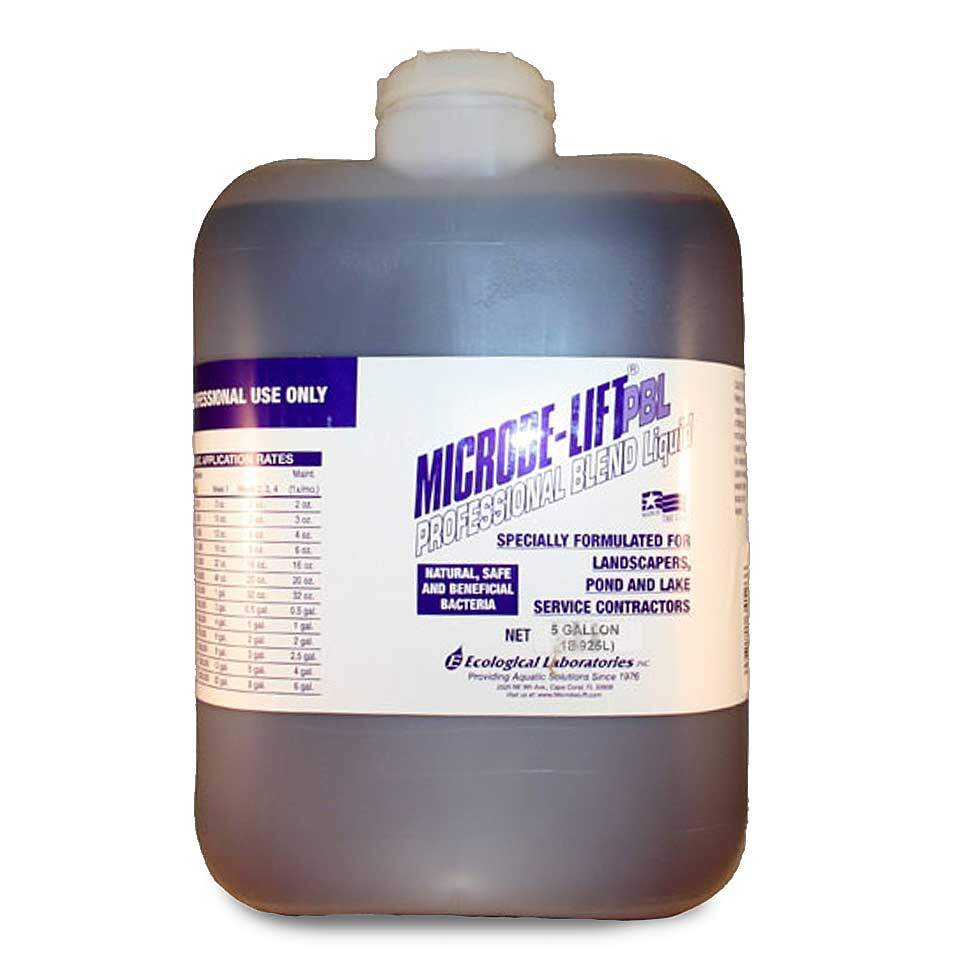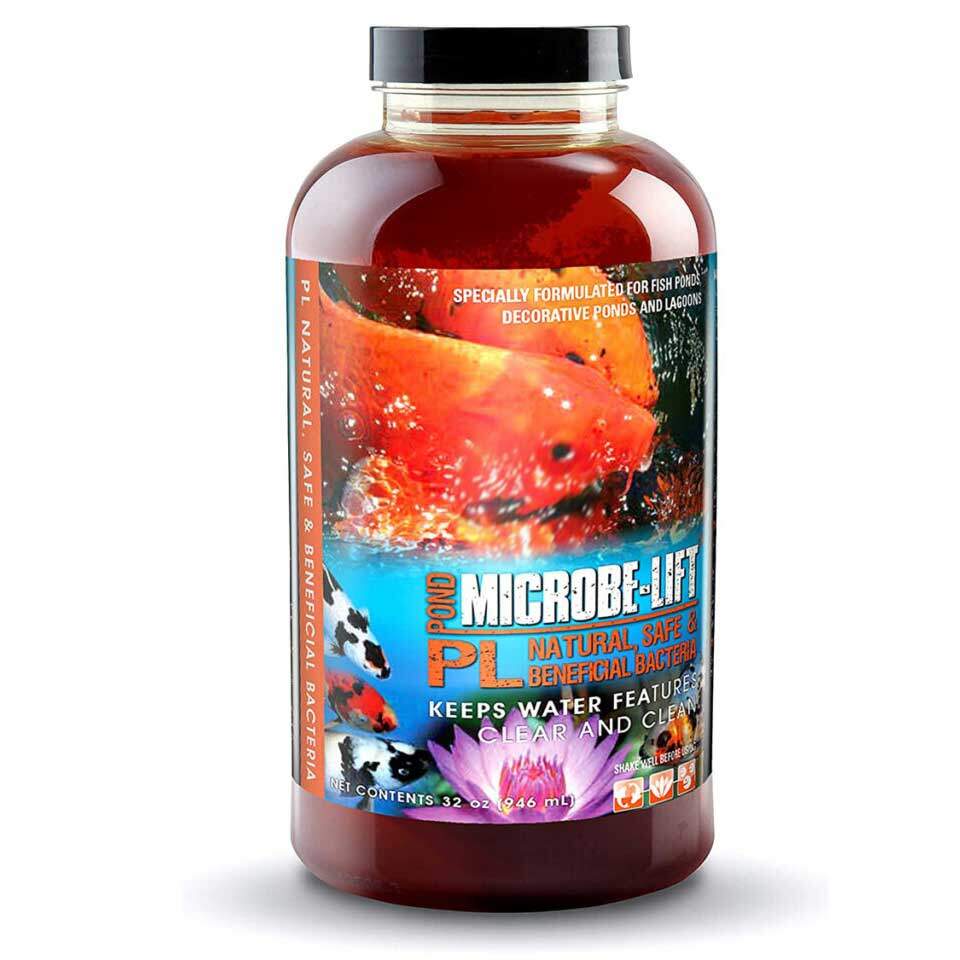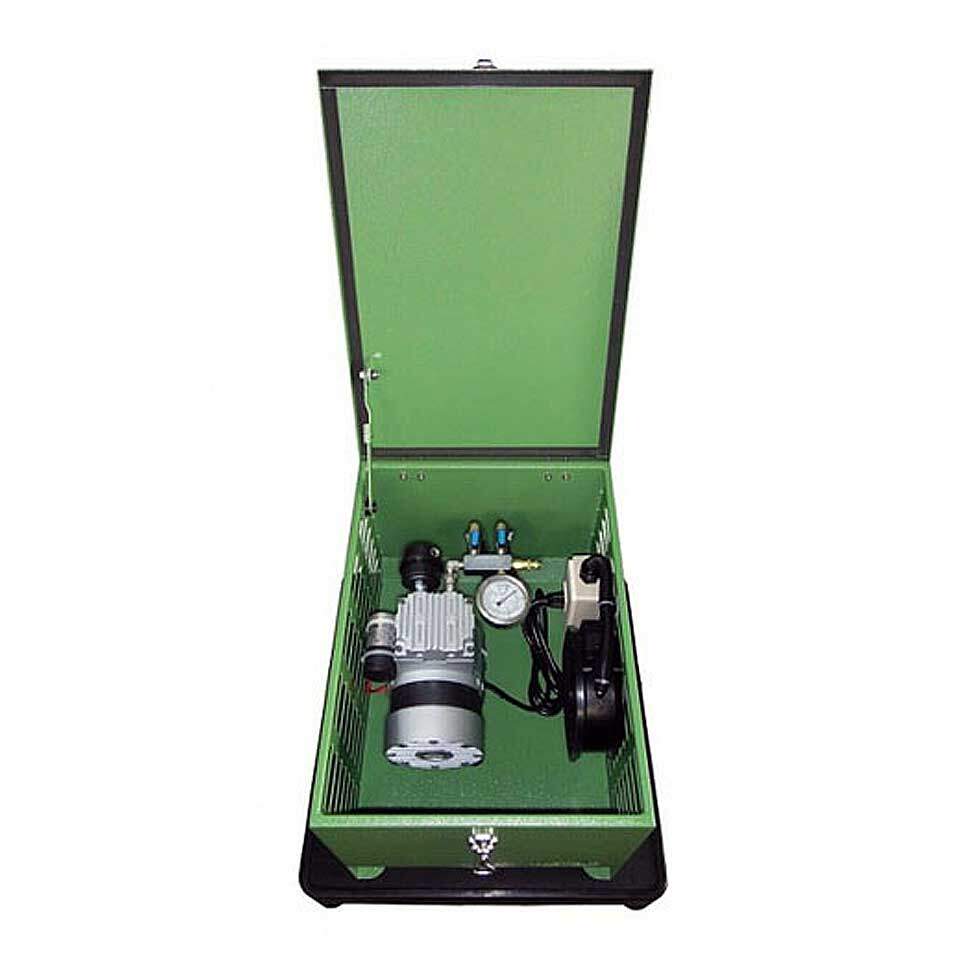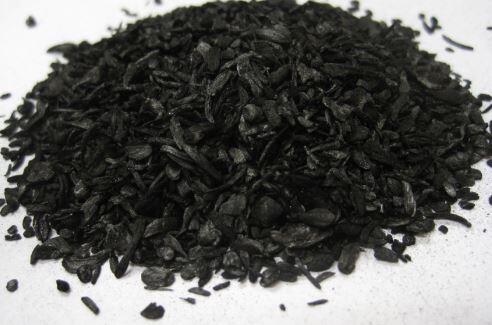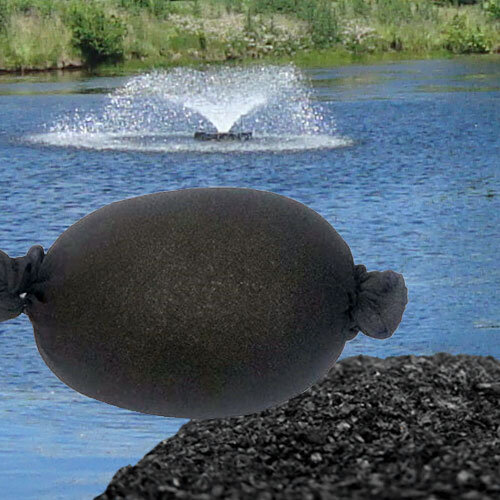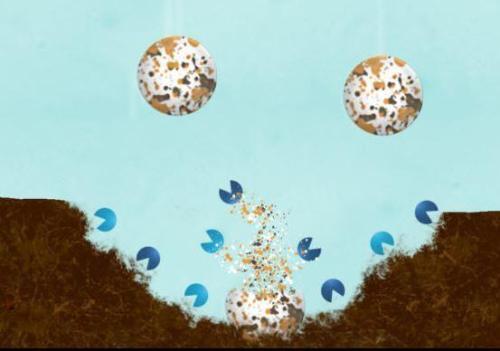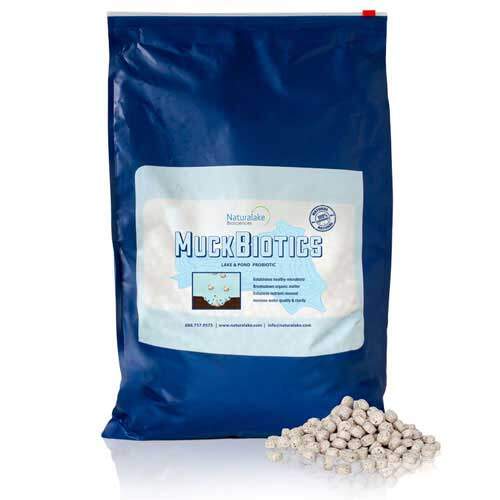Description
Changes in climate or introduction of a new species from elsewhere can greatly affect the existing balance of nature.” This simple statement summarizes the interactions of all living things on Earth. Bacteria are single-cell organisms and most of t hem must find foods such as sugars, proteins and vitamins-nutriments to live. The various metabolic capabilities of bacteria are the key traits that we use to group and classify them into their genera/ sub-species. The ecosystem, both on land and in the water, depends heavily upon the activity of bacteria. The cycling of nutrients such as carbon, nitrogen, and sulfur is completed by their ceaseless labor. Organic carbon, in the form of dead and rotting organisms, would quickly deplete the carbon dioxide in the atmosphere if not for the activity of decomposers. This may not sound too bad to you, but realize that without carbon dioxide, there would be no photosynthesis in plants, and no food. When organisms die, the carbon contained in Solving Environmental Problems Naturally Since 1976 392 t heir tissues becomes unavailable for most other living things. Decomposition is the breakdown of these organisms, and the release of nutrients back into the environment and is one of the most important roles of the bacteria. The cycling of nitrogen is another important activity of bacteria. Plants rely on nitrogen from the soil for their health and growth and cannot acquire it from the gaseous nitrogen in the atmosphere. The primary way in which nitrogen becomes available to them is through nitrogen fixating bacteria. These bacteria convert gaseous nitrogen into nitrates or nitrites as part of their metabolism, and the resulting products are released into the environment. Some plant s, such as liverworts, cycads, and legumes have taken special advantage of this process by modifying t heir structure to house the bacteria in their own tissues. Ot her denitrifying bacteria metabolize in the reverse direct ion, turning nitrates into nitrogen gas or nitrous oxide.
Pick Up at our farm $289.95

